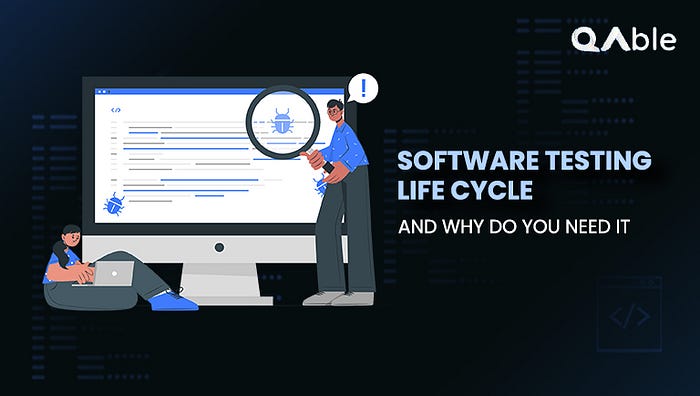Software Testing Life Cycle for Effective Development

The Software Testing Life Cycle (STLC) is a systematic and structured process closely aligned with the Software Development Life Cycle (SDLC). This ensures a consistent, efficient, and effective approach to software testing, adaptable to various development methodologies such as waterfall, agile, or hybrid.
The STLC consists of distinct phases, spanning from requirement analysis to test closure, each playing a crucial role in planning, executing, and reporting software testing activities. These phases include specific objectives, inputs, activities, and deliverables, emphasising the early identification and documentation of defects.
Software testing is an iterative and continuous process that is indispensable for verifying various aspects such as functionality, performance, usability, security, and reliability.
The benefits of incorporating software testing in the development life cycle are far-reaching, including enhancing product quality, maximising customer satisfaction, and significantly reducing testing time and costs. Furthermore, software testing contributes to preventing product failures, ensuring compliance with standards and regulations, ultimately improving the overall value and marketability of the product.
Check out the below blog link for more information.
Check this: Software Testing Life Cycle Phases
